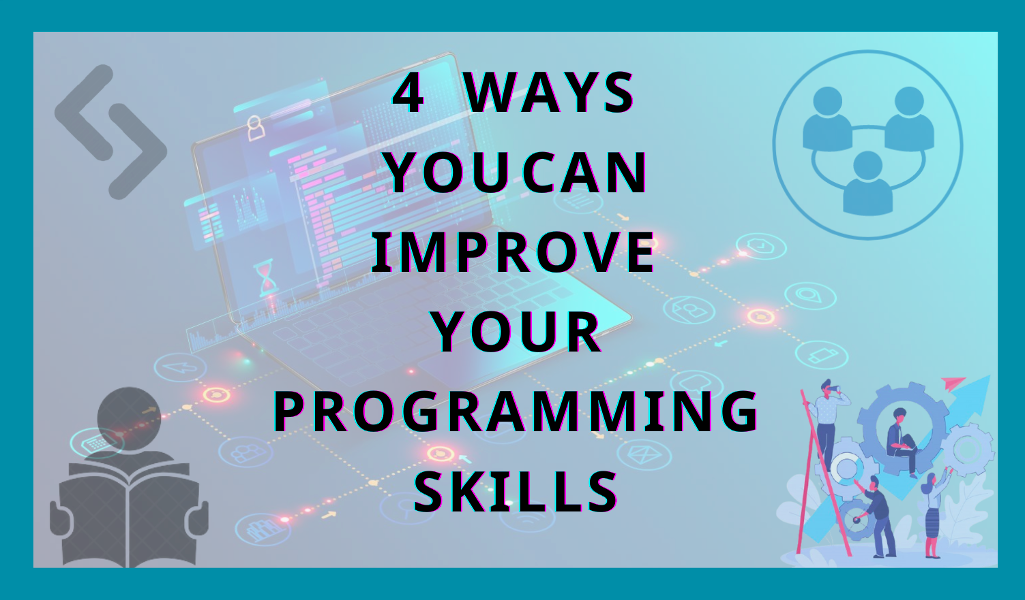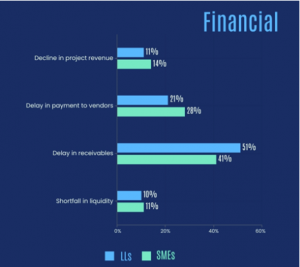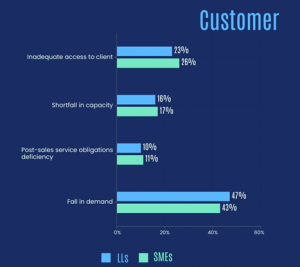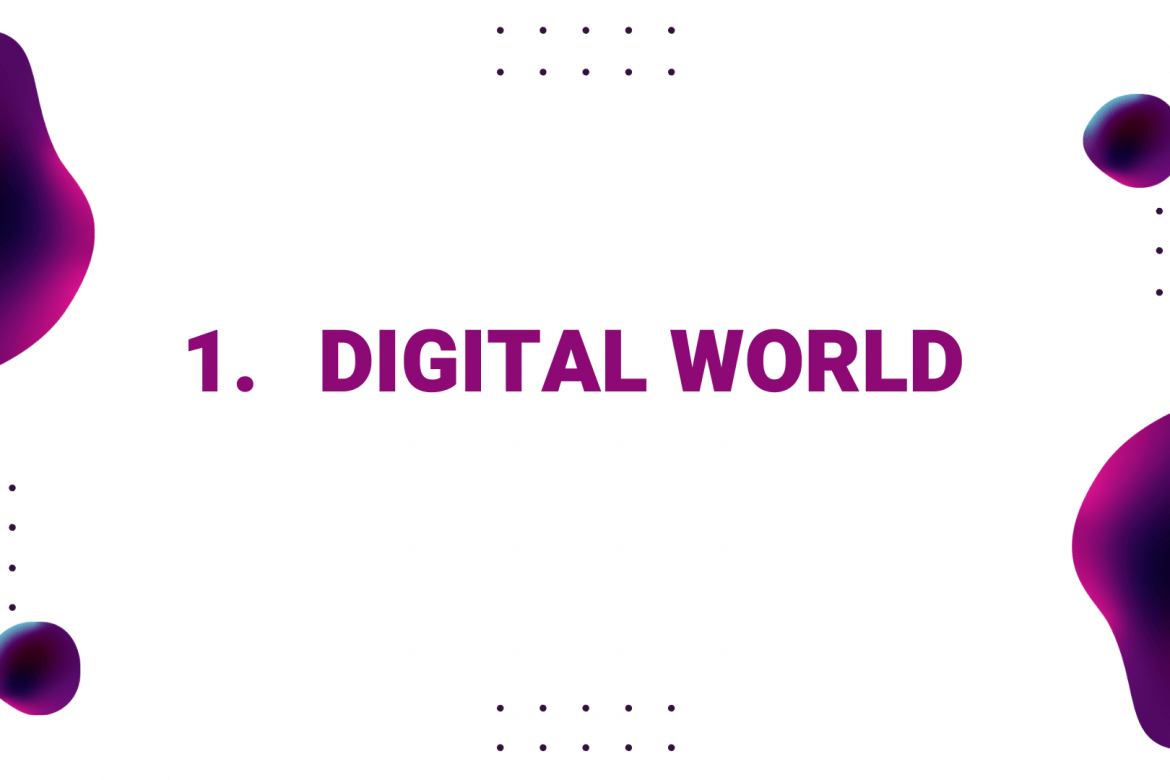Read code
Everything you learn about coding will help you to become a more skilled programmer.
You can learn a lot from the code of other programmers. You can consult with masters in your industry, or you can search for code that is comparable to your own on GitHub. You can also browse through GitHub repositories to discover how other programmers have written their code and form your ideas to improve the code you are writing. It’s fascinating to learn about different developers’ coding styles and problem-solving techniques. You will learn to think critically, is the approach that they employ comparable to yours?
The following are some examples of Github repositories with excellent code:
- Scikit-Learn
- Findings from Stackoverflow by JJruner
- Bootstrap
It doesn’t just end at reading code, either. As a complement to programming every day, why not try reading at least one article or a few chapters of a programming book daily as well?
The Pragmatic Programmer by David Thomas and Andrew Hunt and Deep Work by Cal Newport is a popular book to get you started on your path to becoming a better programmer. Still, reading, in general, is highly beneficial because it broadens your perspective and increases your knowledge.
Write Clean, Readable, and High-Quality Code
“Any fool can create code that a machine understands. Good programmers create code that is understandable by humans,” says Martin Fowler. A good programmer should write clear and understandable code since it will make it easier to debug your code and for other programmers to comprehend it.
Programmers spend the majority of their time writing code. In the codebases of their projects, programmers frequently add, remove, or modify code lines. Those changes to the source code either improve or degrade the codebase. The codebases must constantly be improved with high-quality, bug-free code, and it is necessary to adhere to a well-defined coding style guide. If your project still lacks a coding style guide, you can always recommend one widely used.
The development of software is a team effort. Many programmers frequently collaborate within the same piece of code. Some programmers are adept at swiftly applying fixes to complex source code written by others. Some programmers, on the other hand, have difficulty with complicated source code. As a result, even if you’re implementing amazingly complex logic, you should always write self-explanatory code. Design patterns, directory layouts, and module decompositions all aid in the creation of clean code. Consider how the Chromium team arranged the browser’s UI controllers to simplify things.
Become a Learner
Across every profession, the process of learning never comes to an end. Similarly, there will always be something new to try and learn in the field of programming daily. There are numerous computer science-related theoretical articles, research papers, and methods published in professional journals and online publications every day. Similar to any other profession in the world, the field of computer science is still expanding. As a result, you will find something new to learn every day that will help you improve your abilities. For example, you might learn a new design structure today that will help you improve the readability of the code you produced yesterday and use it tomorrow.
Learning to code is a skill that can be compared to other activities such as sports. If you want to be great at something and perform well at work, you must put in the necessary time and effort. Make an effort to code every day, whether it’s during your lunch break or after work. It doesn’t matter if it’s only for an hour; you will notice changes, even a simple one, if you establish a routine and stick to it.
Seek expert assistance, whether it’s from your team’s leader, members of your local group, or even Stack Overflow, if necessary. Demonstrate your code and seek comments without fear of being criticized.
As a programmer, you could feel overwhelmed by the number of similar problem-solving activities you have to complete. As a result, to learn efficiently, it is essential to use engaging tactics such as flashcards, online quizzes, algorithmic puzzles, creating inventive apps, and so on. Always allow yourself enough time to really comprehend the subject rather than simply resorting to notes. If you don’t enjoy coding, you’ll feel weighed down by the theories.
Work on projects
Look for an app to build, understand how to get started, then put in some serious time on it. I’m not asking you to improve the quality of your work, but I do want you to challenge yourself and discover how well you understand coding fundamentals. You will be able to assess your weaknesses and will be allowed to improve.
So, how do you go about locating these opportunities? If you want to work from home, you may look into freelancing sites and offer your skills to small firms. Alternatively, you may cold email local agencies with freelance ideas and offer to assist them.
Writing a large number of small programs at the beginning of your programming career is a simple trick you can use to develop more programs. This will help you increase the quantity of code you write each day, allowing you to produce a far greater number of programs.
A vast number of small programs, on the other hand, would not be sufficient to cover the range of programming skills required to be deemed a good programmer. It’s critical to move from writing a significant number of small programs to developing larger ones at some point since doing so will expose you to a new set of obstacles that will compel you to become a better programmer overall.













